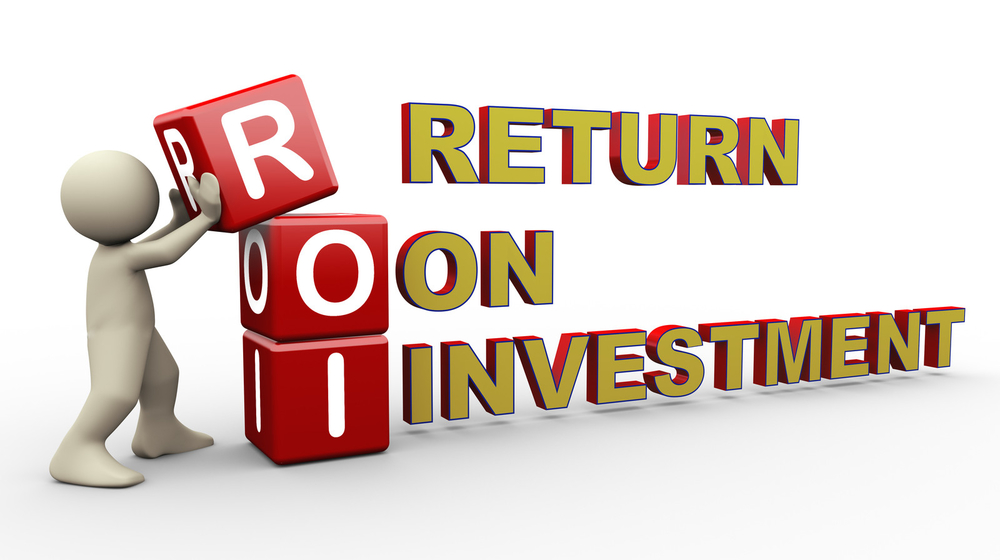Get ROI From a Forecasting System Sooner Than You Think
You may be thinking you need a forecasting system, but are intimidated by the cost. The Institute of Business Forecasting & Planning, IBF, has stated that a 15% improvement in forecasting accuracy leads to a 3% or higher pre-tax dollar improvement. For a $100 million company, this is a savings of $3 million! In this article, we will explore the ROI of a forecasting system.
The realization that a forecasting system is necessary is often driven by:
- Disjointed data/need for more efficiency – the process of collecting and organizing the data vital to making good demand forecasting decisions is time-consuming and inefficient. Due to the expansive size of spreadsheets used, it is difficult to glean insights quickly and accurately.
- ERP is not meeting needs for forecasting and sales analysis – ERPs are excellent tools for bringing information together and forming a process for all areas of a company. However, ERP focus is often not on forecasting and sales analysis and many companies need a more robust tool for these purposes.
- Forecasting accuracy challenges – some companies may find that their forecasts are not accurate, resulting in overstock or stock-out situations.
- Inventory problems – the company may be in an overstock situation and needs to analyze their business and reassess their product assortment.
The costs of a forecasting system vary greatly from system to system. The need for a more expensive system is contingent on the size and/or complexity of the business data.
Here at SAFIO Solutions, our clients typically see ROI within 18 months. These businesses realize both direct and indirect cost savings, as described below:
Direct Cost Savings
- Optimized inventory levels that result in reduced carrying costs
- Increased revenue due to fewer missed sales
- Decreased shipping costs due to fewer rush shipments
- Lower markdowns and obsolescence due to having fewer overstock issues
- Increased inventory turnover
- Increased efficiency in the planning process
Indirect Cost Savings
- Better financial planning due to the visibility a forecasting system offers its users
- Warehouse efficiency increases because a forecasting system can determine optimal product placement and provide guidance for personnel scheduling for shipments and receiving
- Production efficiency increases due to prioritization and batching of job orders
- Human resource costs may decrease due to efficiencies gained through use of a forecasting system in cross-functional areas of the company
- Sales and Marketing Teams gain insights into sales trends quickly, giving them a competitive advantage
When you look at the ROI realized by companies who implement a forecasting system, as well as the increases in efficiency gained in this tight labor market, it only makes sense for companies to consider a robust forecasting system.
At SAFIO Solutions, we help companies achieve improved KPI’s that deliver efficiency and positive results to their bottom line. For more information about how we can help you, visit









